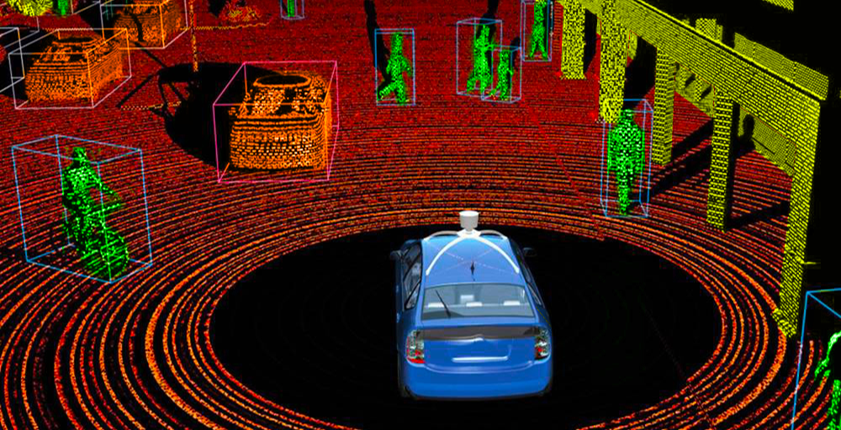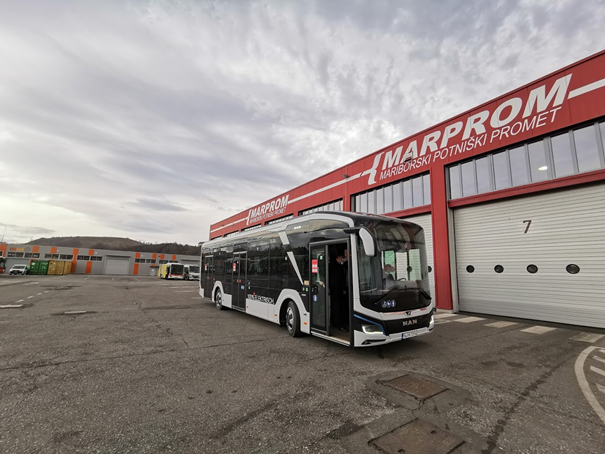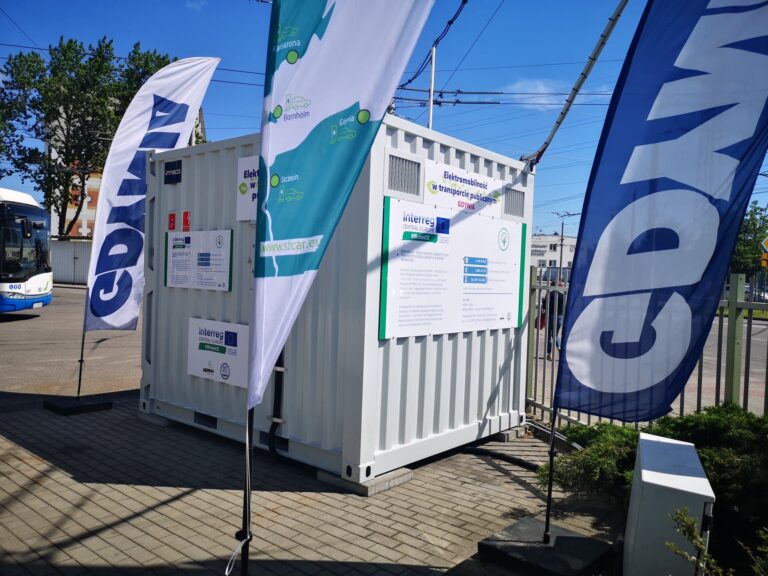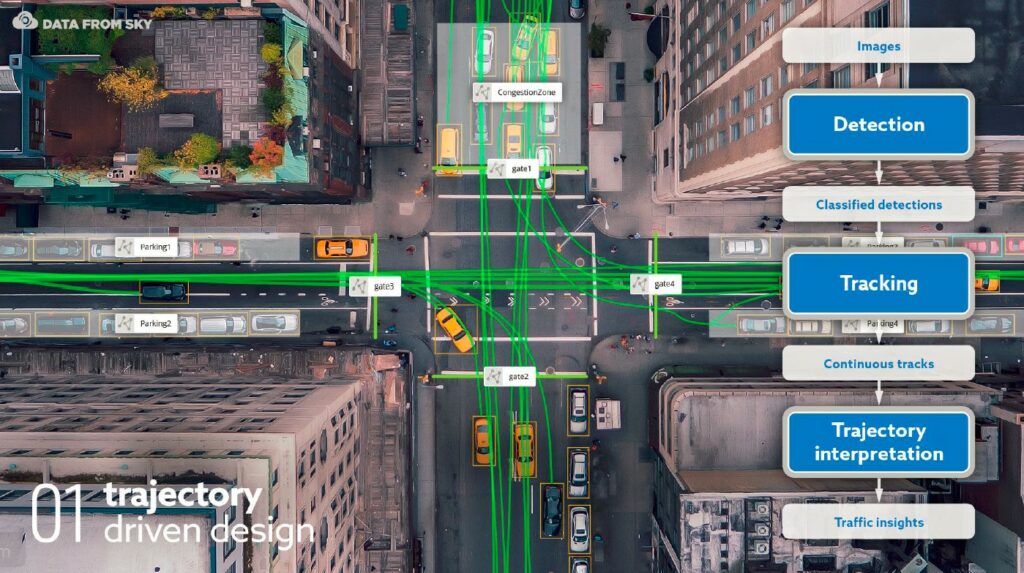Exciting news: LOW-CARB running for prestigious Regiostars Awards!
The Interreg Central Europe project LOW-CARB is candidate under the “Green Europe” category, and will be assessed by a Jury led by Michel Barnier, who holds the Chair of Honor of the Regiostars Awards Jury this year. A panel of high-level academics in the respective fields will select the finalists. We are looking forward to that!
As a novelty, in 2021 the finalists are invited to training sessions on communication as part of the European Week of Regions and Cities in October. The winners in the five categories, and the winner of the public choice, will receive their well-deserved prize at the festive REGIOSTARS ceremony, to take place in Dubrovnik, Croatia in December 2021.
And why should LOW-CARB win? LOW-CARB showed how public transport provides a pathway towards an integrated, zero-emission mobility system in functional urban areas. The projects made six urban areas and their surrounding communities “greener” and prepared them for the transition to a carbon-neutral future in Central Europe’s communities. Therefore, ten project partners teamed up to facilitate and shape this transition by tackling burning issues of SUMP, multimodal regional PT systems and their governance models.
Check out our website with all our outputs and results… We recommend to start with our lessons learnt brochure or the LOW-CARB guidelines for integrated low-carbon mobility planning in the functional urban area!
Regiostars awards are the yearly competition organised by DG REGIO since 2008: it has become the Europe’s label of excellence for EU-funded projects, which demonstrate innovative and inclusive approaches to regional development. Each year hundreds of projects compete in five categories: Smart Europe, Green Europe, Fair Europe, Urban Europe, and the topic of the year. The public can participate by voting for their favourite project among all finalists for the public choice award. By bringing about solutions to common challenges and tapping into the biggest opportunities, the Regiostars have inspired regions to deliver evermore-impactful EU regional policy.
Find more information here.
Exciting news: LOW-CARB running for prestigious Regiostars Awards! Read More »












